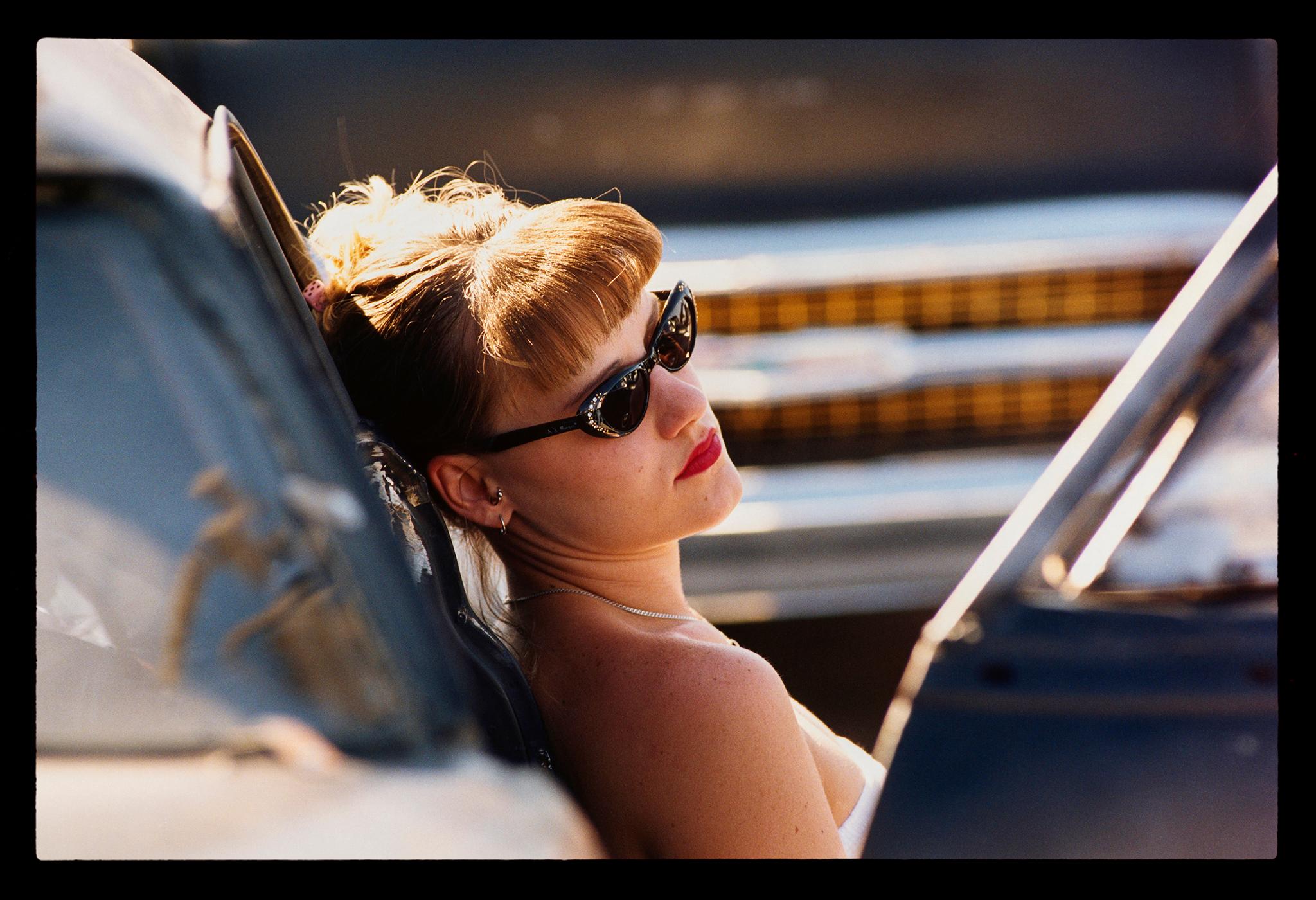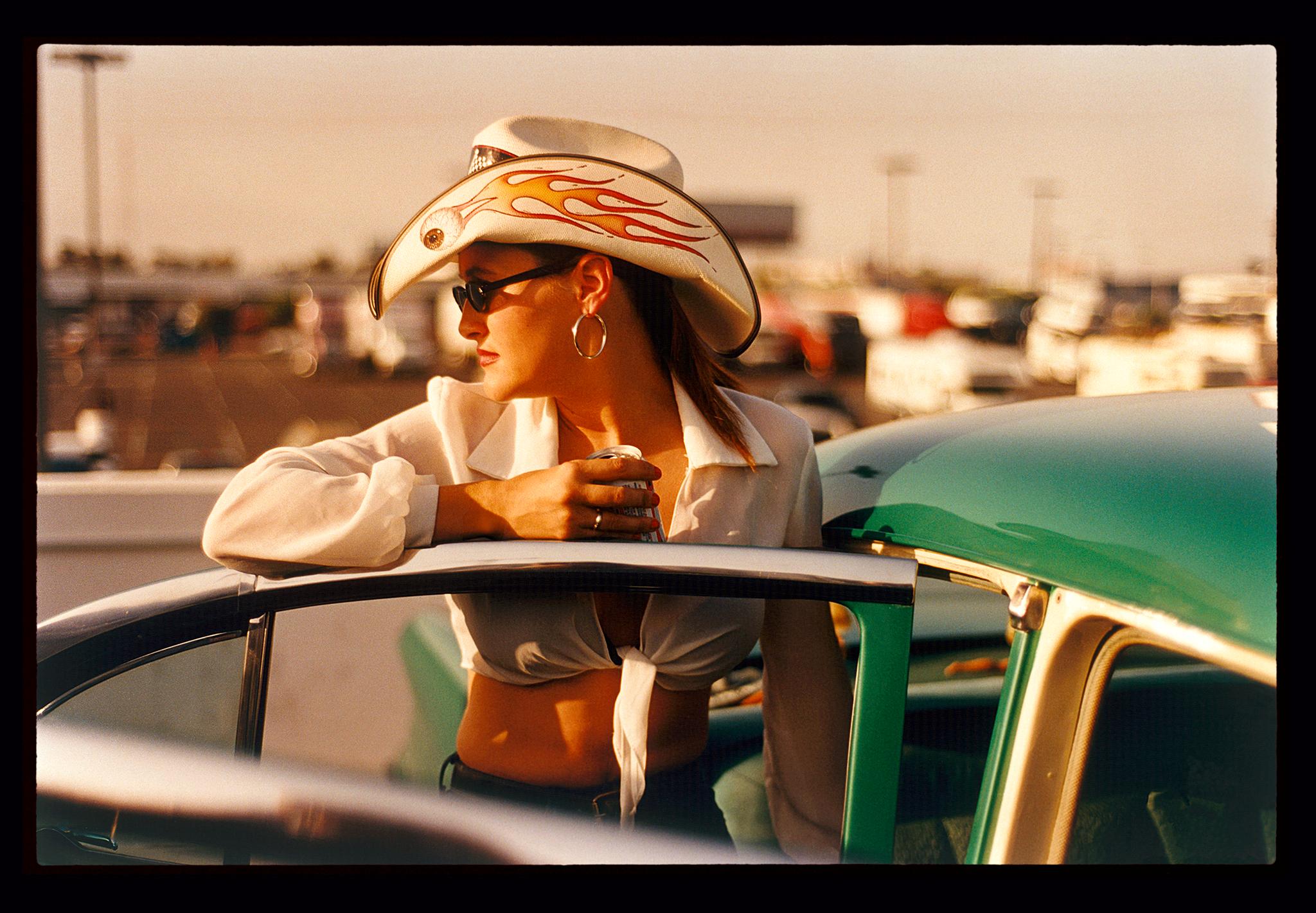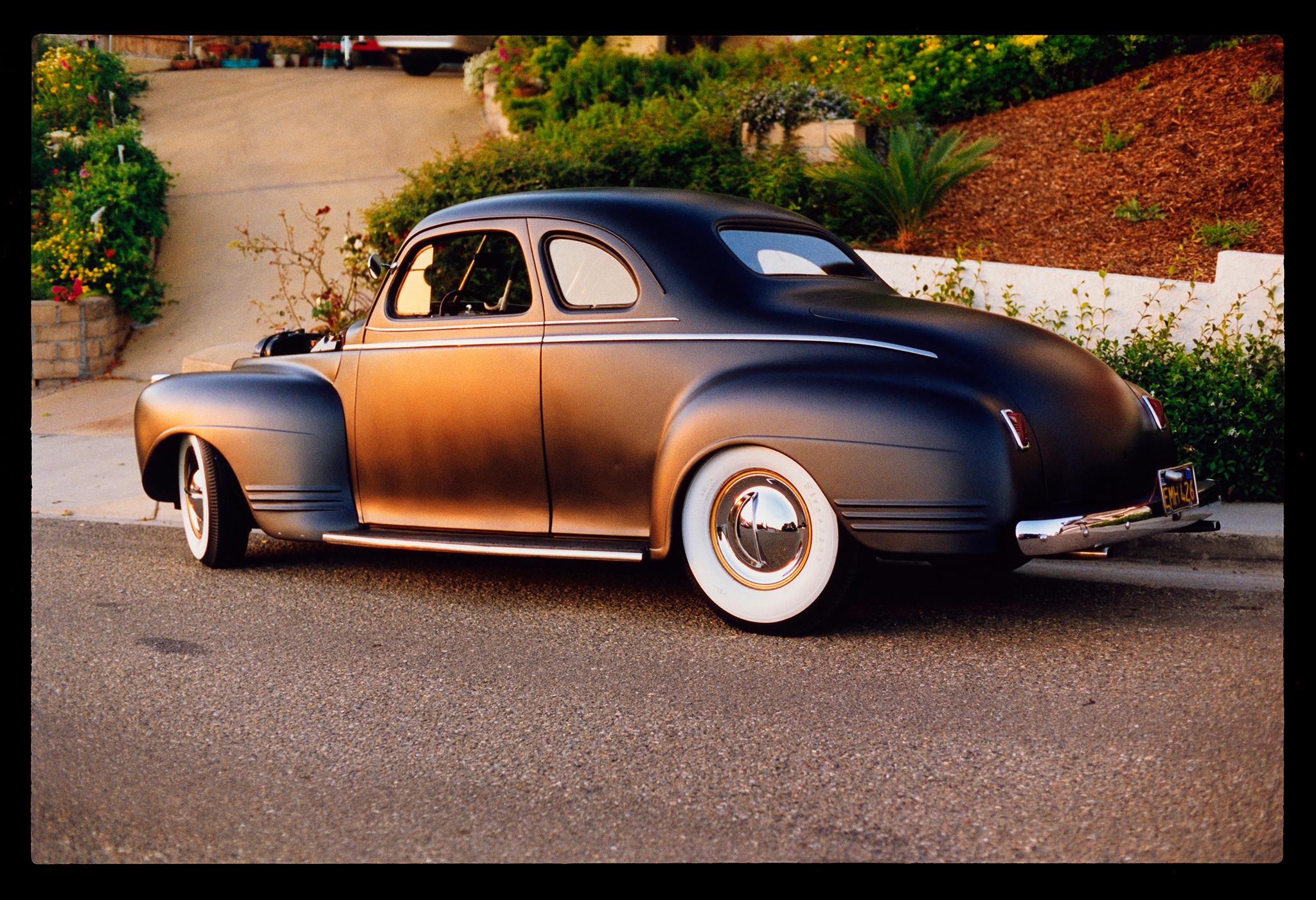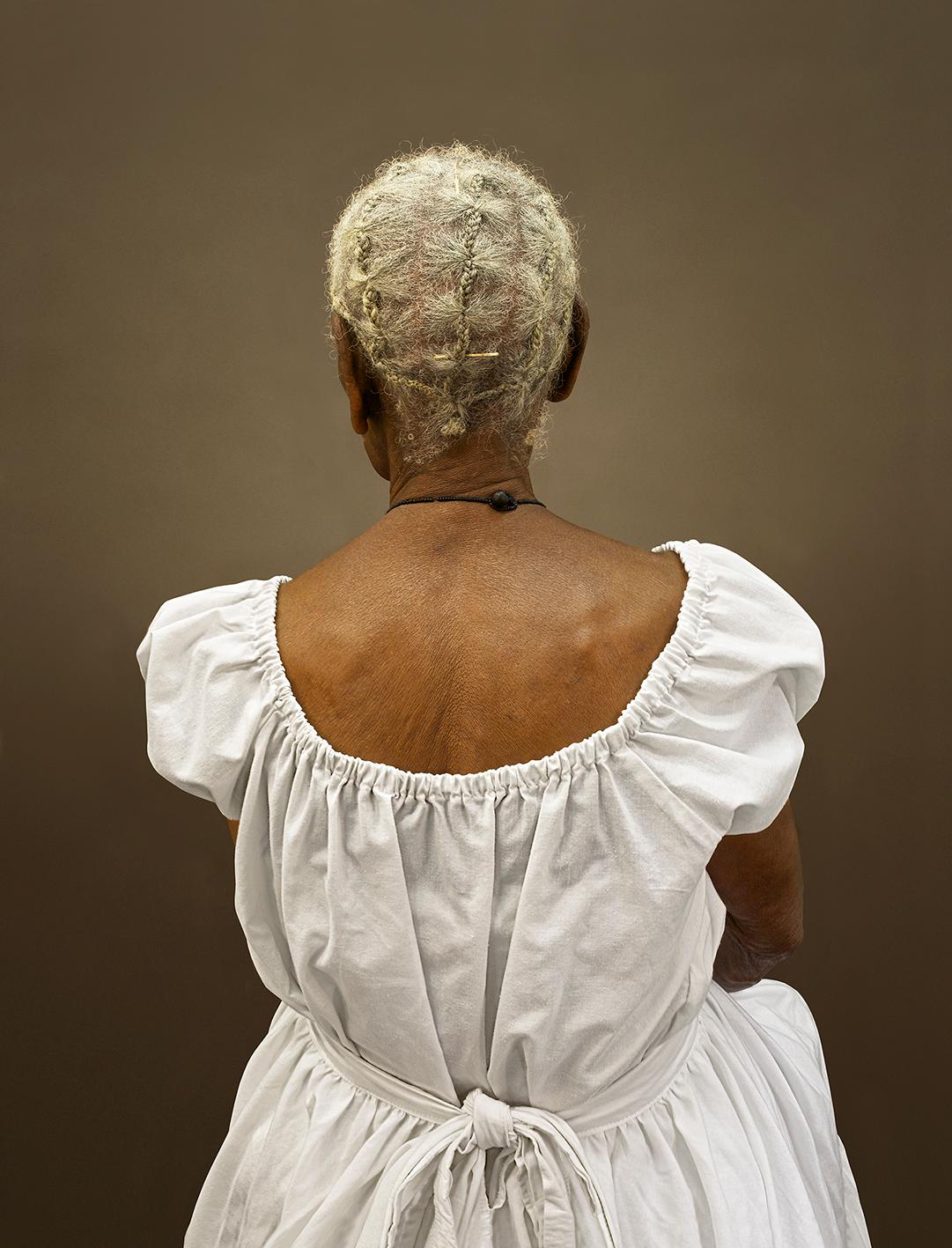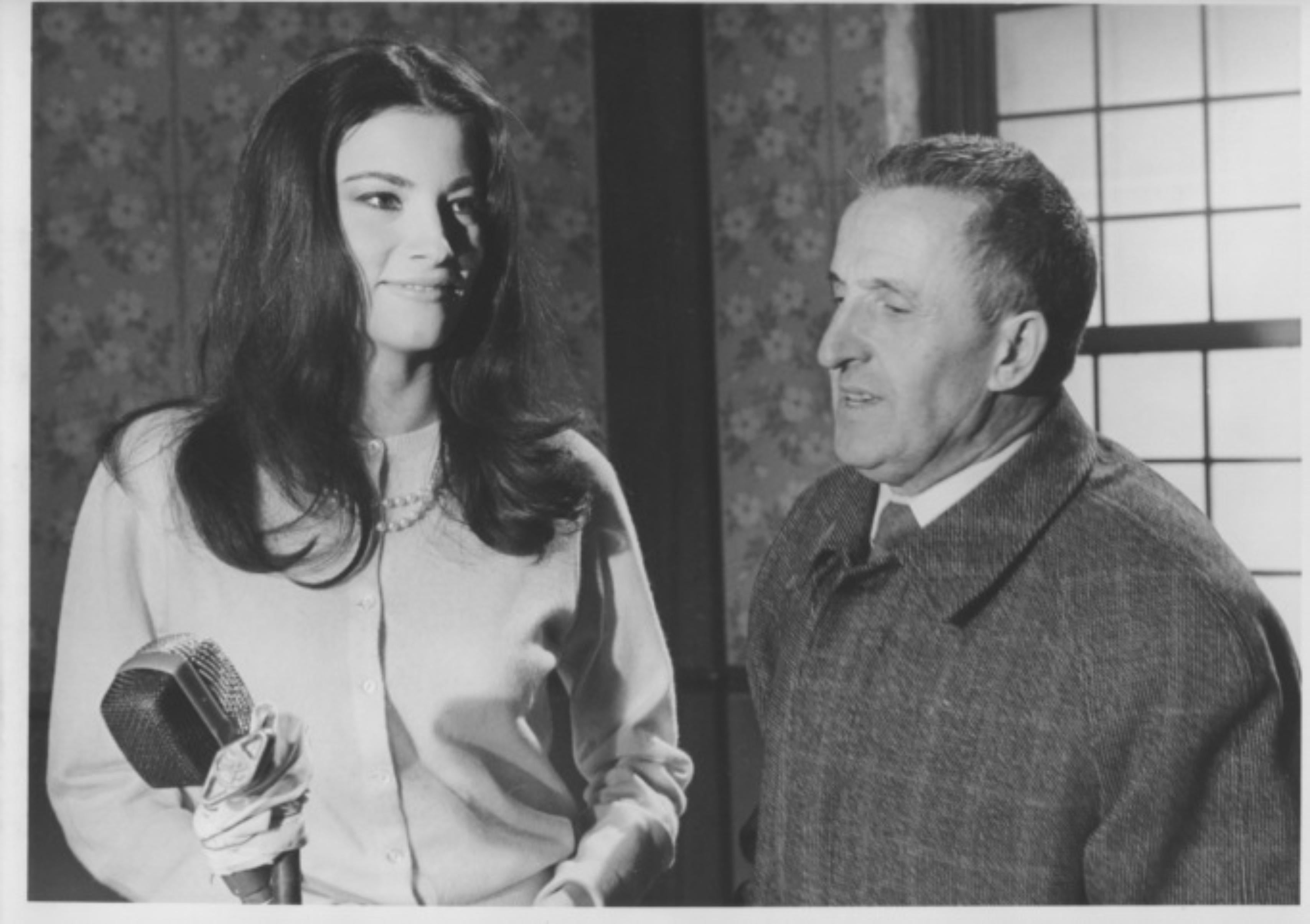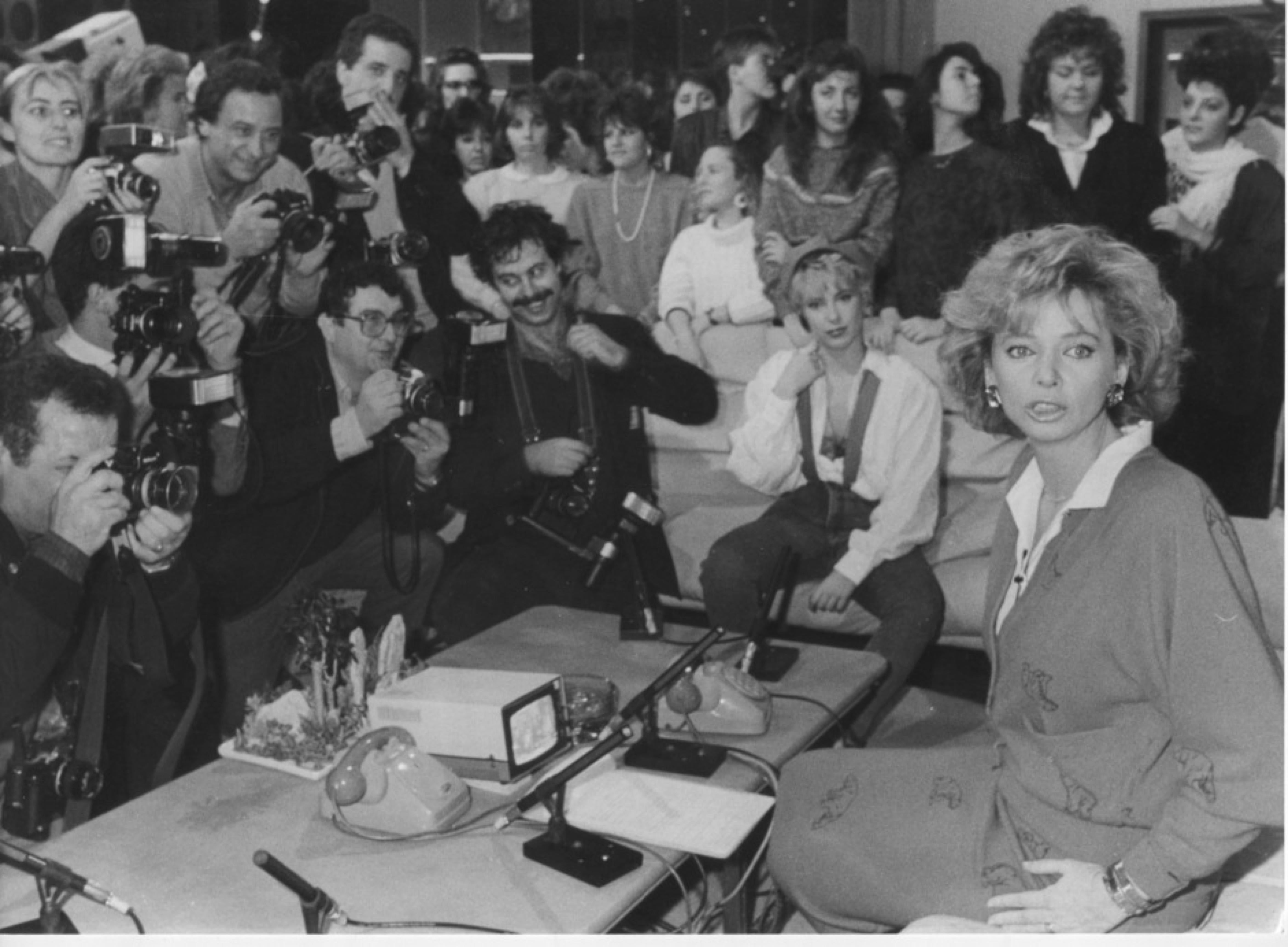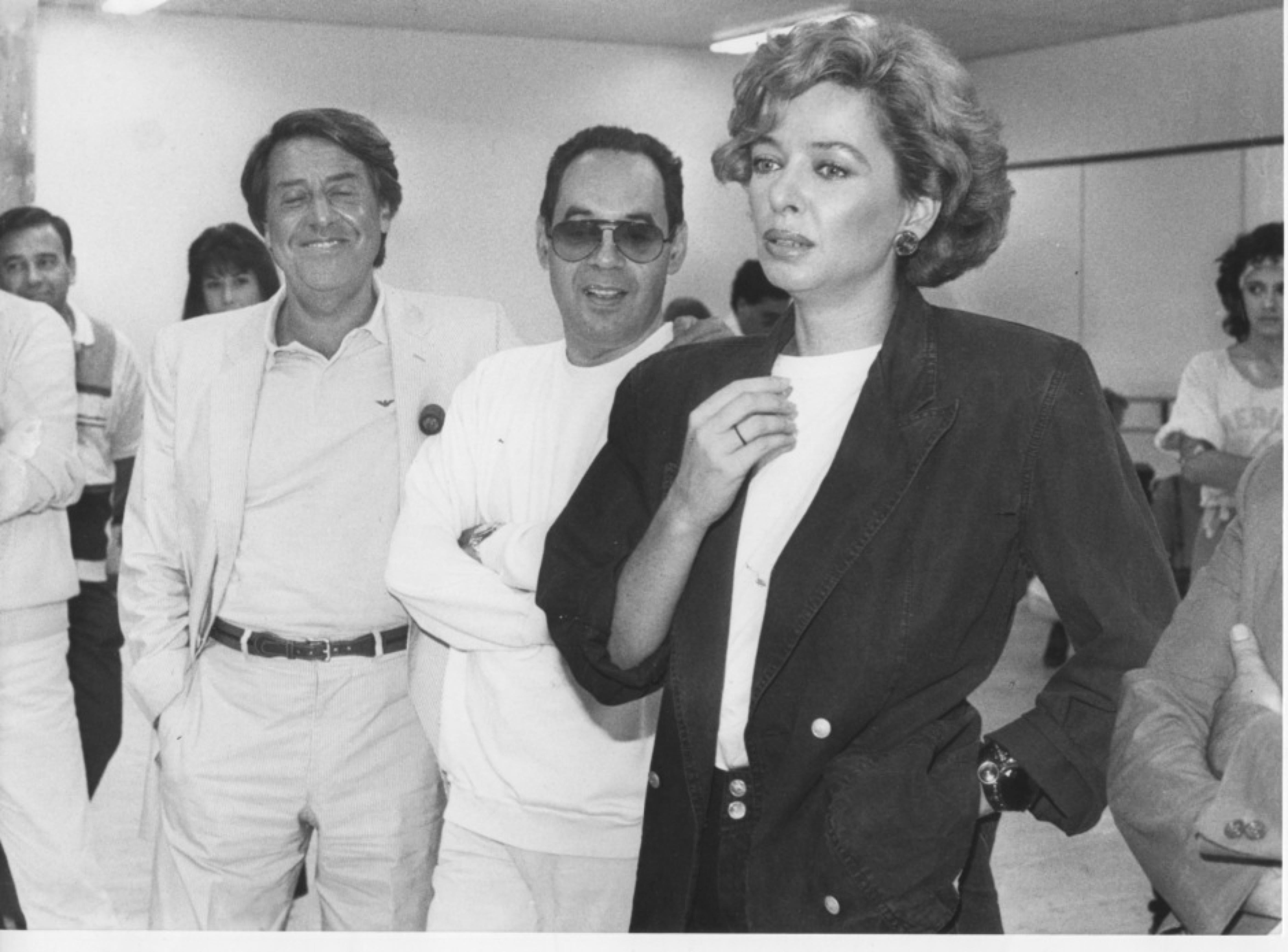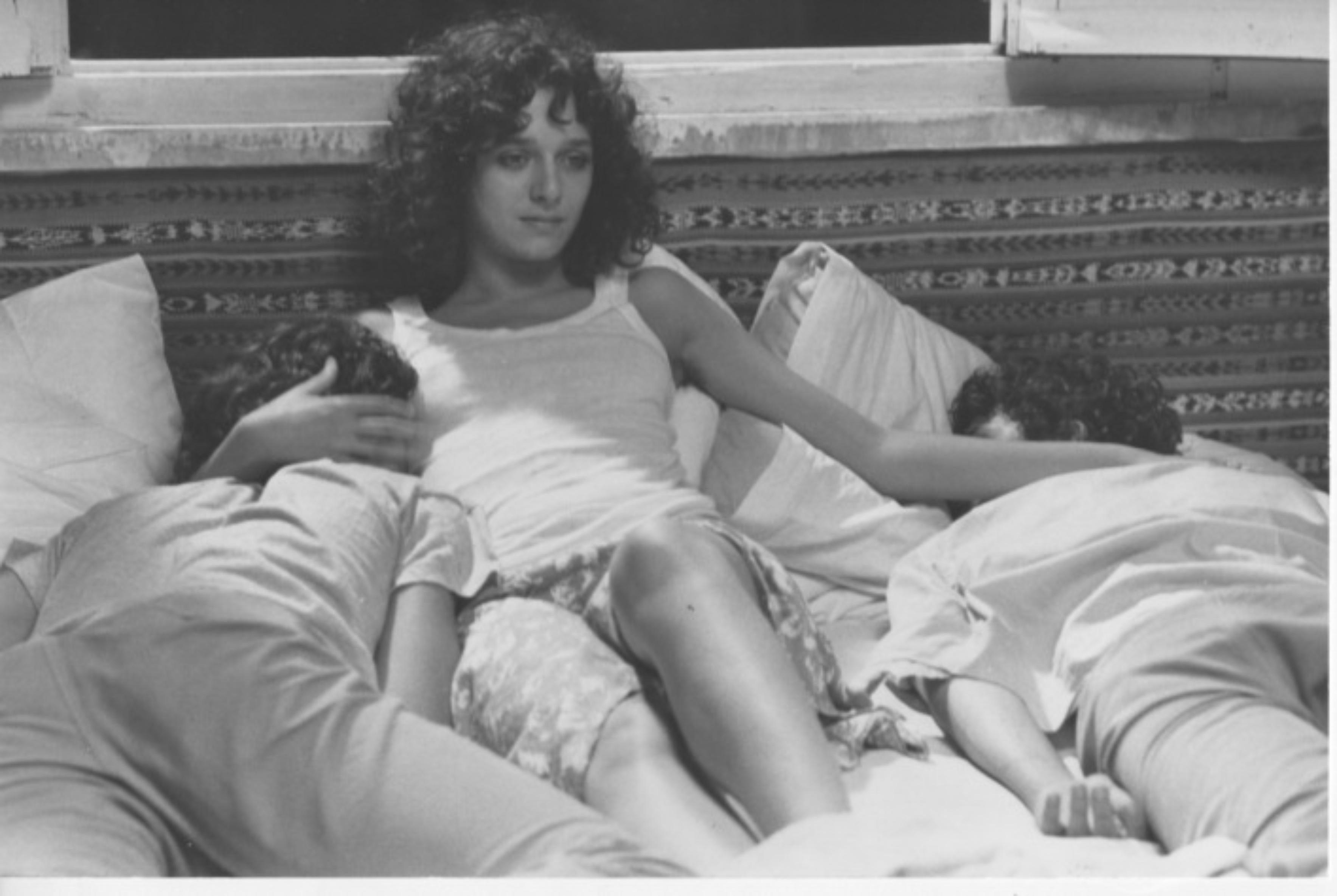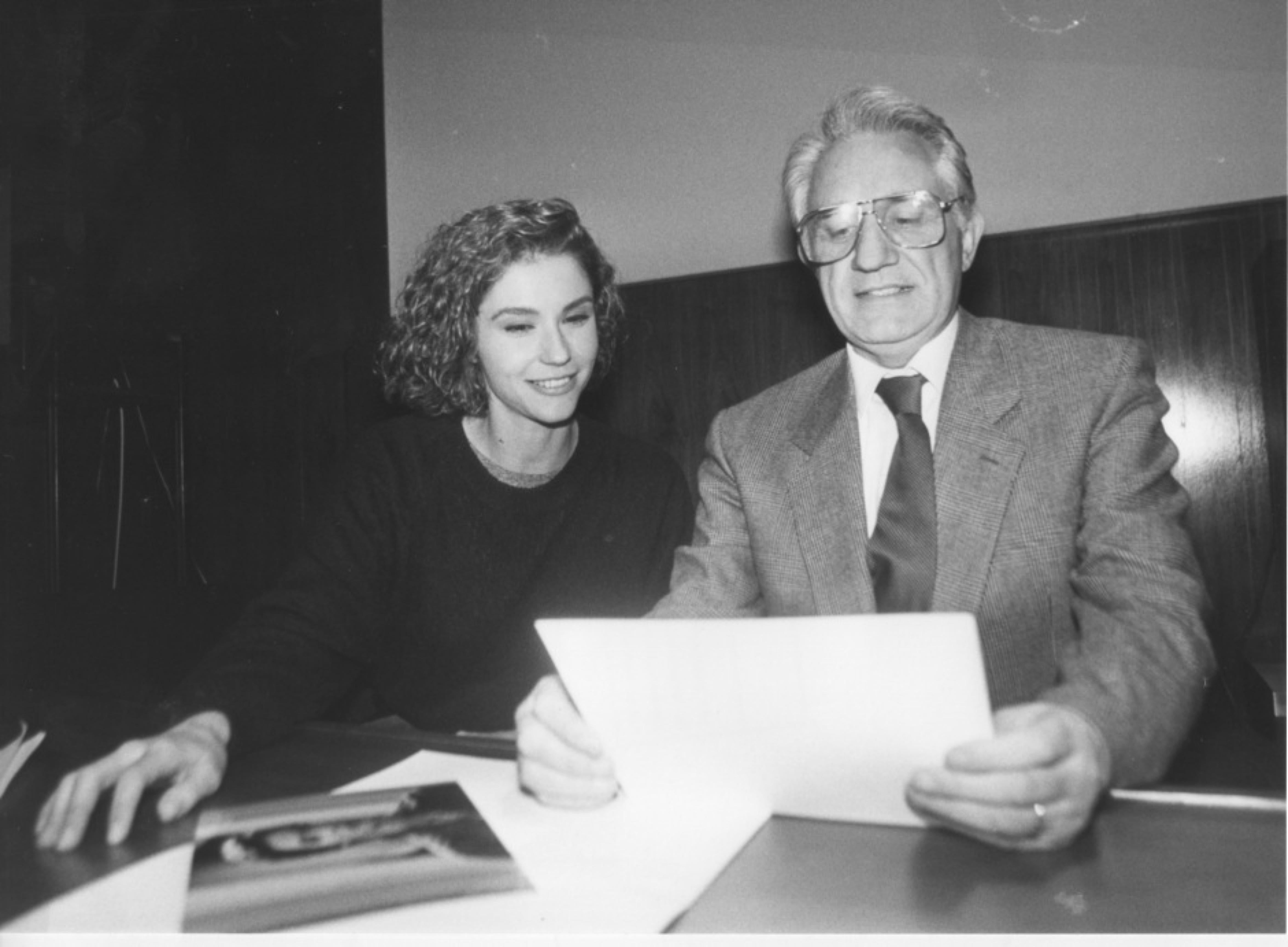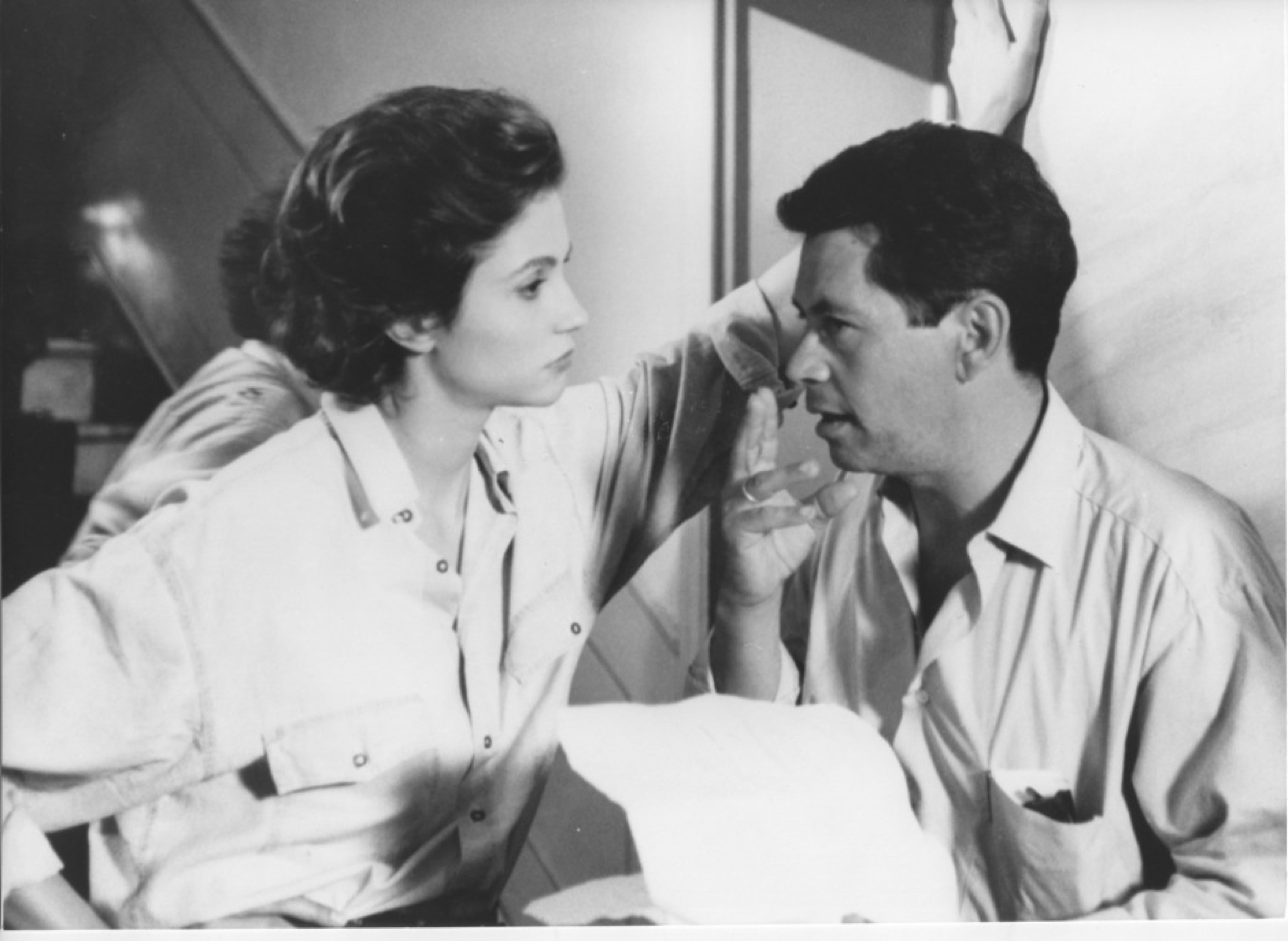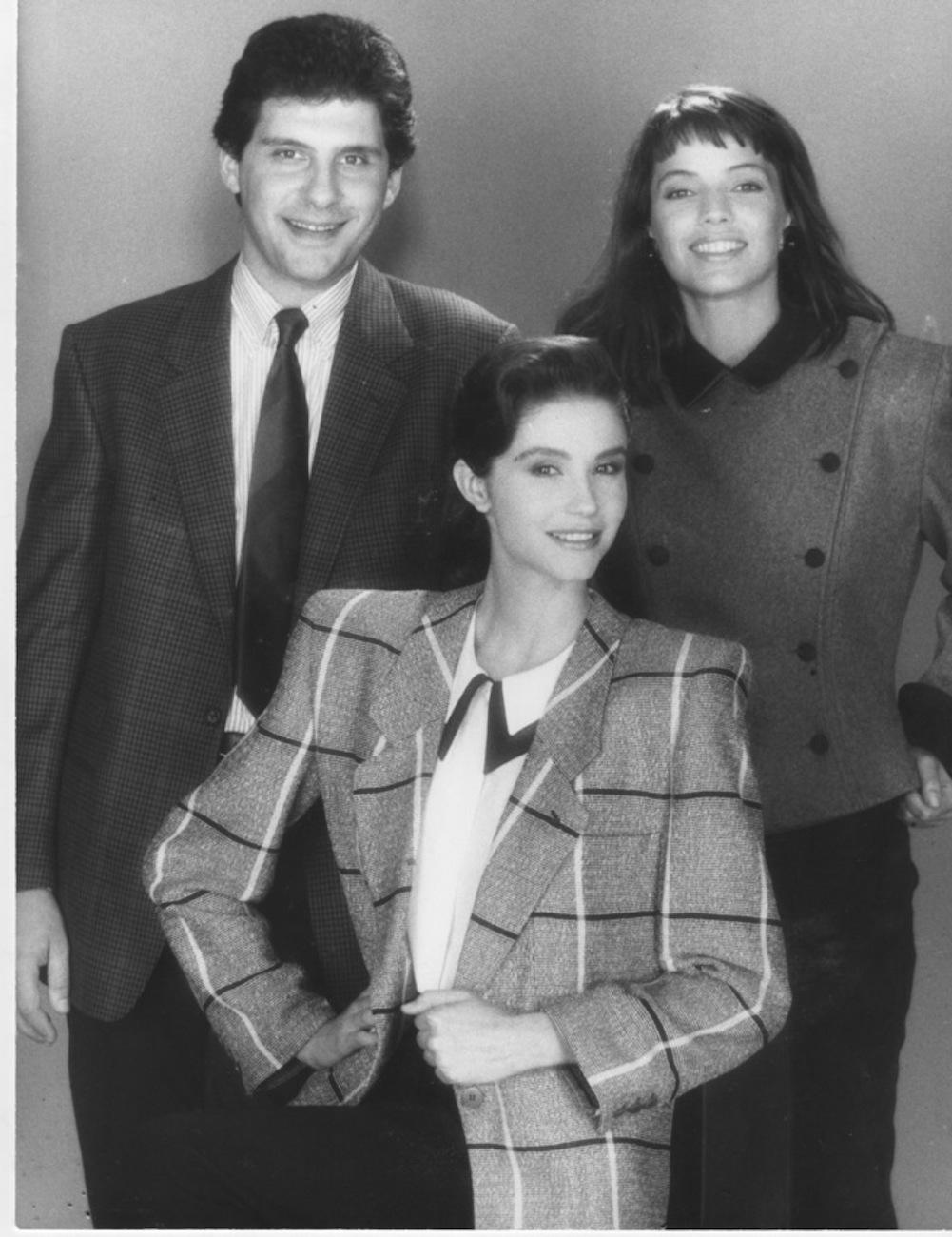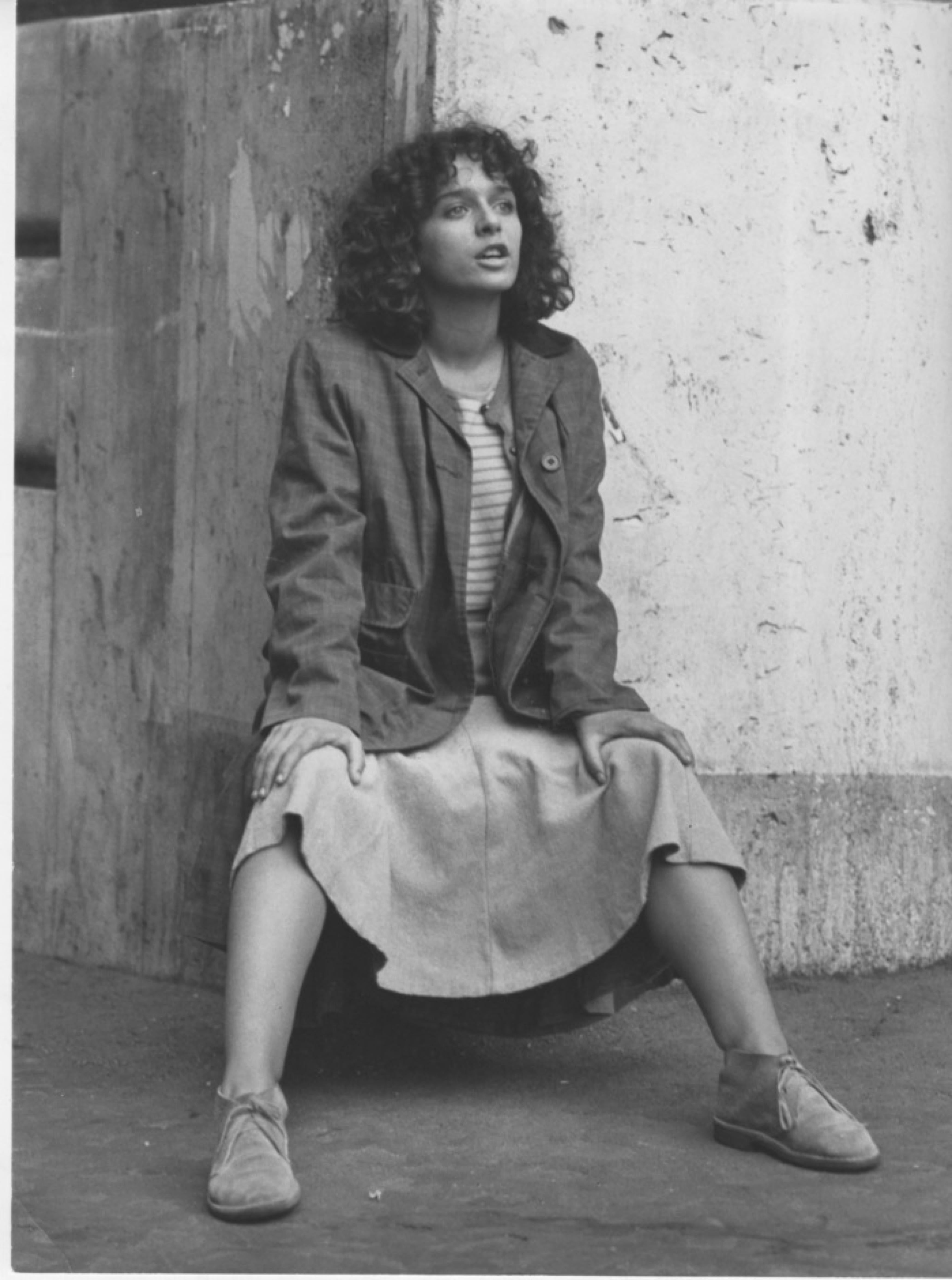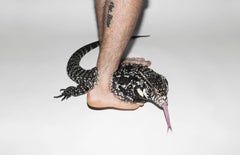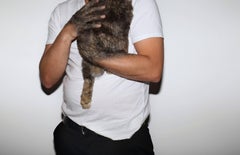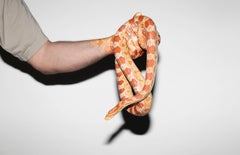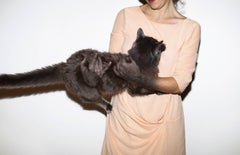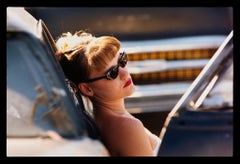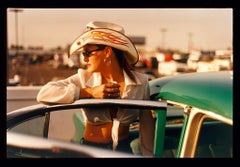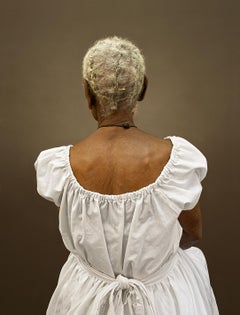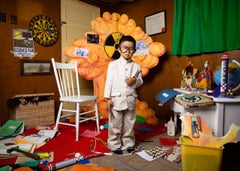
In the Playroom: Dear Leader
View Similar Items
Want more images or videos?
Request additional images or videos from the seller
1 of 4
Jonathan HobinIn the Playroom: Dear Leader2010
2010
About the Item
- Creator:Jonathan Hobin (1979, Canadian)
- Creation Year:2010
- Dimensions:Height: 41.5 in (105.41 cm)Width: 57 in (144.78 cm)Depth: 2 in (5.08 cm)
- Medium:
- Movement & Style:
- Period:
- Condition:
- Gallery Location:Montreal, CA
- Reference Number:1stDibs: LU476267182
About the Seller
5.0
Vetted Professional Seller
Every seller passes strict standards for authenticity and reliability
Established in 1996
1stDibs seller since 2014
104 sales on 1stDibs
Authenticity Guarantee
In the unlikely event there’s an issue with an item’s authenticity, contact us within 1 year for a full refund. DetailsMoney-Back Guarantee
If your item is not as described, is damaged in transit, or does not arrive, contact us within 7 days for a full refund. Details24-Hour Cancellation
You have a 24-hour grace period in which to reconsider your purchase, with no questions asked.Vetted Professional Sellers
Our world-class sellers must adhere to strict standards for service and quality, maintaining the integrity of our listings.Price-Match Guarantee
If you find that a seller listed the same item for a lower price elsewhere, we’ll match it.Trusted Global Delivery
Our best-in-class carrier network provides specialized shipping options worldwide, including custom delivery.More From This Seller
View AllEntre nous IV
By Karine Payette
Located in Montreal, Quebec
Text by Nancy Webb
It’s Saturday night and Karine Payette is in her studio. We meander into a conversation about the dog she used to have and her soft spot for German shepherds, an intensely obedient and loyal breed in a deceivingly wolf-like package. Payette’s most recent series of photographs, sculptures and video work seem to speak directly to this preoccupation with the multifaceted nature of human-animal relationships—the dialogues of control, intimacy, violence and domestication that subtly take place on an interspecies level.
Her workspace is part laboratory, part prop closet—a bowl of fur sits not far from her computer. Somehow in this bright, open, chemical-clean scented room, Payette conjures wildness. We are taken to a strange place, the borderlands of interspecies mingling. At one extreme of the animal-human dynamics scale is the stalwart compliance of a professionally trained German shepherd who responds to commands with robotic precision. Here, power is comfortably held by an off-screen voice, animality pacified by a set of linguistic prompts. At the other end of the scale is a sculpture of a human figure clad in red, sharing a languorous kiss with a wolf. The story of Little Red Riding Hood is immediately called to mind, except that here our hooded protagonist seems to have bailed on grandmother’s orders, instead opting for a forest floor make-out with her canine stalker. This taboo mise-en-scène is a brazen inquiry into the boundaries we maintain with our animal counterparts. Its scale and three-dimensionality contribute to a feeling of immersion that the artist has been courting with her work for the past several years. It feels as though you’ve just walked in on something: you are implicated and your discomfort is like an invisible mist that coats these inanimate beings.
Elsewhere in Payette’s suite of anthropomorphic works, the demarcation between species grows even fainter. A photographic series depicts the slow encroachment of fur, scales and feathers on human skin—a striking process of contamination facilitated by touch. The fusion of flesh, charcoal cat fur and a pale silky dress...
Category
21st Century and Contemporary Contemporary Figurative Photography
Materials
Photographic Paper
Entre nous II
By Karine Payette
Located in Montreal, Quebec
Text by Nancy Webb
It’s Saturday night and Karine Payette is in her studio. We meander into a conversation about the dog she used to have and her soft spot for German shepherds, an intensely obedient and loyal breed in a deceivingly wolf-like package. Payette’s most recent series of photographs, sculptures and video work seem to speak directly to this preoccupation with the multifaceted nature of human-animal relationships—the dialogues of control, intimacy, violence and domestication that subtly take place on an interspecies level.
Her workspace is part laboratory, part prop closet—a bowl of fur sits not far from her computer. Somehow in this bright, open, chemical-clean scented room, Payette conjures wildness. We are taken to a strange place, the borderlands of interspecies mingling. At one extreme of the animal-human dynamics scale is the stalwart compliance of a professionally trained German shepherd who responds to commands with robotic precision. Here, power is comfortably held by an off-screen voice, animality pacified by a set of linguistic prompts. At the other end of the scale is a sculpture of a human figure clad in red, sharing a languorous kiss with a wolf. The story of Little Red Riding Hood is immediately called to mind, except that here our hooded protagonist seems to have bailed on grandmother’s orders, instead opting for a forest floor make-out with her canine stalker. This taboo mise-en-scène is a brazen inquiry into the boundaries we maintain with our animal counterparts. Its scale and three-dimensionality contribute to a feeling of immersion that the artist has been courting with her work for the past several years. It feels as though you’ve just walked in on something: you are implicated and your discomfort is like an invisible mist that coats these inanimate beings.
Elsewhere in Payette’s suite of anthropomorphic works, the demarcation between species grows even fainter. A photographic series depicts the slow encroachment of fur, scales and feathers on human skin—a striking process of contamination facilitated by touch. The fusion of flesh, charcoal cat fur and a pale silky dress...
Category
21st Century and Contemporary Contemporary Figurative Photography
Materials
Photographic Paper
Entre nous V
By Karine Payette
Located in Montreal, Quebec
Text by Nancy Webb
It’s Saturday night and Karine Payette is in her studio. We meander into a conversation about the dog she used to have and her soft spot for German shepherds, an intensely obedient and loyal breed in a deceivingly wolf-like package. Payette’s most recent series of photographs, sculptures and video work seem to speak directly to this preoccupation with the multifaceted nature of human-animal relationships—the dialogues of control, intimacy, violence and domestication that subtly take place on an interspecies level.
Her workspace is part laboratory, part prop closet—a bowl of fur sits not far from her computer. Somehow in this bright, open, chemical-clean scented room, Payette conjures wildness. We are taken to a strange place, the borderlands of interspecies mingling. At one extreme of the animal-human dynamics scale is the stalwart compliance of a professionally trained German shepherd who responds to commands with robotic precision. Here, power is comfortably held by an off-screen voice, animality pacified by a set of linguistic prompts. At the other end of the scale is a sculpture of a human figure clad in red, sharing a languorous kiss with a wolf. The story of Little Red Riding Hood is immediately called to mind, except that here our hooded protagonist seems to have bailed on grandmother’s orders, instead opting for a forest floor make-out with her canine stalker. This taboo mise-en-scène is a brazen inquiry into the boundaries we maintain with our animal counterparts. Its scale and three-dimensionality contribute to a feeling of immersion that the artist has been courting with her work for the past several years. It feels as though you’ve just walked in on something: you are implicated and your discomfort is like an invisible mist that coats these inanimate beings.
Elsewhere in Payette’s suite of anthropomorphic works, the demarcation between species grows even fainter. A photographic series depicts the slow encroachment of fur, scales and feathers on human skin—a striking process of contamination facilitated by touch. The fusion of flesh, charcoal cat fur and a pale silky dress...
Category
21st Century and Contemporary Contemporary Figurative Photography
Materials
Photographic Paper
Entre nous I
By Karine Payette
Located in Montreal, Quebec
Text by Nancy Webb
It’s Saturday night and Karine Payette is in her studio. We meander into a conversation about the dog she used to have and her soft spot for German shepherds, an intensely obedient and loyal breed in a deceivingly wolf-like package. Payette’s most recent series of photographs, sculptures and video work seem to speak directly to this preoccupation with the multifaceted nature of human-animal relationships—the dialogues of control, intimacy, violence and domestication that subtly take place on an interspecies level.
Her workspace is part laboratory, part prop closet—a bowl of fur sits not far from her computer. Somehow in this bright, open, chemical-clean scented room, Payette conjures wildness. We are taken to a strange place, the borderlands of interspecies mingling. At one extreme of the animal-human dynamics scale is the stalwart compliance of a professionally trained German shepherd who responds to commands with robotic precision. Here, power is comfortably held by an off-screen voice, animality pacified by a set of linguistic prompts. At the other end of the scale is a sculpture of a human figure clad in red, sharing a languorous kiss with a wolf. The story of Little Red Riding Hood is immediately called to mind, except that here our hooded protagonist seems to have bailed on grandmother’s orders, instead opting for a forest floor make-out with her canine stalker. This taboo mise-en-scène is a brazen inquiry into the boundaries we maintain with our animal counterparts. Its scale and three-dimensionality contribute to a feeling of immersion that the artist has been courting with her work for the past several years. It feels as though you’ve just walked in on something: you are implicated and your discomfort is like an invisible mist that coats these inanimate beings.
Elsewhere in Payette’s suite of anthropomorphic works, the demarcation between species grows even fainter. A photographic series depicts the slow encroachment of fur, scales and feathers on human skin—a striking process of contamination facilitated by touch. The fusion of flesh, charcoal cat fur and a pale silky dress...
Category
21st Century and Contemporary Contemporary Figurative Photography
Materials
Photographic Paper
Trinity
By Bevan Ramsay
Located in Montreal, Quebec
Following his first post-secondary degree in Fine Arts in 1994, he trained as a cabinet-maker and completed an apprenticeship in antique restoration. He was co-founder of a successfu...
Category
2010s Contemporary Figurative Photography
Materials
Photographic Paper
Basalt Cliff
By Holly King
Located in Montreal, Quebec
King creates large format photographic landscapes in her studio with sculptural props and painted backdrops. She is interested in the tension between artifice and constructed realiti...
Category
21st Century and Contemporary Contemporary Landscape Photography
Materials
Photographic Paper
You May Also Like
Miss Shifty, Las Vegas - Contemporary Portrait Color Photography
By Richard Heeps
Located in Cambridge, GB
Richard Heeps photographed the Rockabilly scene in England, Europe and America over seven years culminating in his book, 'Man's Ruin'. 'Miss Shifty' captures the chic vintage fashion...
Category
Early 2000s Contemporary Color Photography
Materials
Photographic Paper, C Print, Color, Silver Gelatin
Sunkissed Wendy, Las Vegas - American Western Fashion Portrait Color Photograph
By Richard Heeps
Located in Cambridge, GB
Sunkissed Wendy, from Richard Heeps 'Man's Ruin' Series. This contemporary portrait is part of a sequence of artworks photographing Wendy at the Rockabilly Weekender, Viva Las Vegas....
Category
Early 2000s Contemporary Color Photography
Materials
Photographic Paper, C Print, Color, Silver Gelatin
Shelley's '41 Plymouth, California - American Road Trip Color Photograph
By Richard Heeps
Located in Cambridge, GB
Shelley's '41 Plymouth, a classic American car photograph from Richard Heeps' Man's Ruin series. The California sunlight is stunning creating a beautiful range of colours as the car ...
Category
Early 2000s Contemporary Color Photography
Materials
Photographic Paper, C Print, Color, Silver Gelatin
ROSALINA (BACK)
By Ruby Rumie
Located in New York, NY
inkjet print on satin paper, laminted in luster matte. Edition of 5
This body of work was born from a chance encounter between the artist, Ruby Rumié, and Dominga Torres Tehran, a woman who for more than 45 years has walked the city streets selling fish. Dominga caught the attention of the artist for her unique and natural beauty. For nearly half a century this woman worked unnoticed, but at that moment, she completely captivated Rumié.
Weaving Streets is an attempt to rescue women like Dominga from oblivion and invisibility - women who have spent valuable years of their lives as ambulant street vendors, permanently wandering the neighborhoods of the city. Aptly named, “Weaving Streets” references the phrase used by grandmothers to describe those who walked the city streets often.
Rumié’s goal is to present new views on the vendors and their environment. The viewer’s encounter with these women will be different for the exhibition – it will be special. Viewers will see for the first time what has always been there, like running a thin veil between the visible and the invisible, a veil of old and constant stereotypes that keep us numb, or blind, so we ignore the marvelous and different realities.
“Problems such as gender violence, gentrification, social barriers and discrimination constitute a constant concern which I attempt to uncover through my work, by means of large installations where I use repetition as a platform for protest; bodies as objects of mass consumption that reveal the disappearance of our intangible heritage, and photographs to suggest the enigma of social stratification, all of these intend to stimulate reflection, playfulness, visual pleasure, emotion and inquiry” explains Rumié.
Rumié condenses the collected material into a Corpus, a historical archival manner, comprised of five volumes that unfold spatially in the gallery. Photo albums picturing each participant, stamp albums...
Category
2010s Contemporary Portrait Photography
Materials
Photographic Paper
The Italian Actress Nicoletta Machiavelli - Vintage Photo - 1960s
Located in Roma, IT
Vintage Photo.
The Italian Actress Nicoletta Machiavelli during the audition for a film by Luigi Zampa
by Associated Press Photo
Category
1960s Contemporary Figurative Photography
Materials
Photographic Paper
The Italian Actress Enrica Bonaccorti - Vintage Photo - 1980s
Located in Roma, IT
Vintage Photo.
The Italian former actress, television and radio presenter, and lyricist Enrica Bonaccorti.
Category
1980s Contemporary Figurative Photography
Materials
Photographic Paper
Recently Viewed
View AllMore Ways To Browse
Jordan Nickel
Josef Albers Interaction Of Color 1963
Joseph Mugnaini
Jour De Fete
Judaica Foil
Jurgen Peters Serigraph
Kaws Black Dissected
Keith Haring 1984 Tony Shafrazi Gallery Poster
Keith Haring Ceramic
Keith Haring T Shirts
Knights Lighter
Kusama Collage
L Brunet
La Conquete Du Cosmos
Larry Rivers On Her Back
Laura Davis
Le Carmen Des Carmen
Le Siffleur
